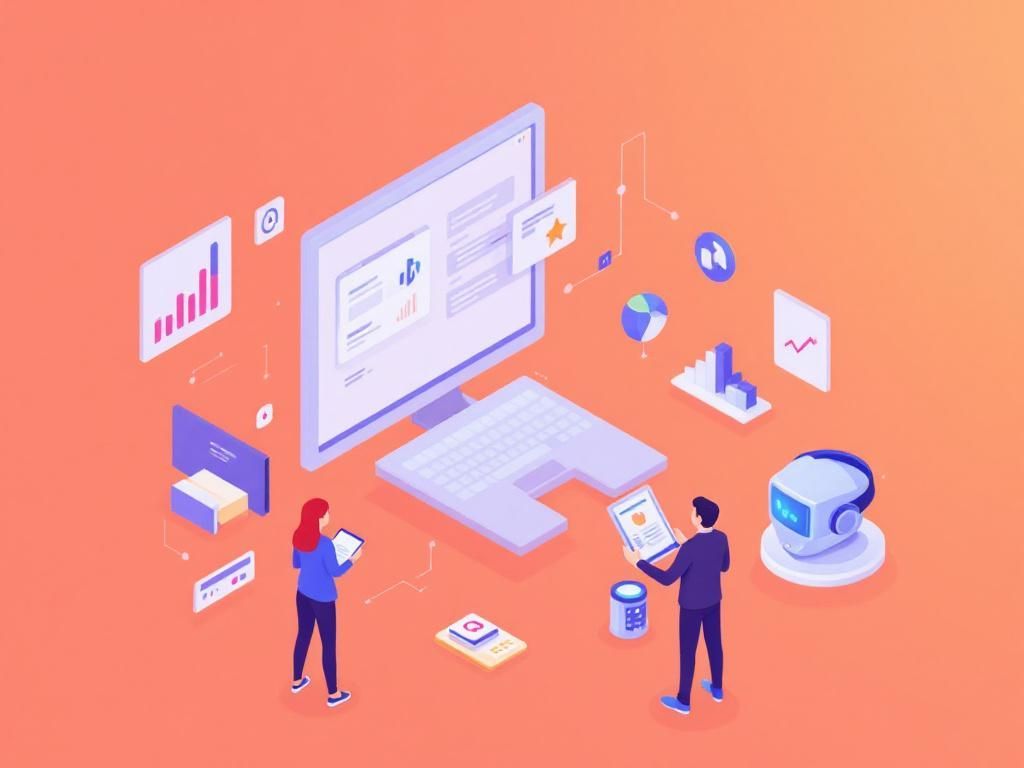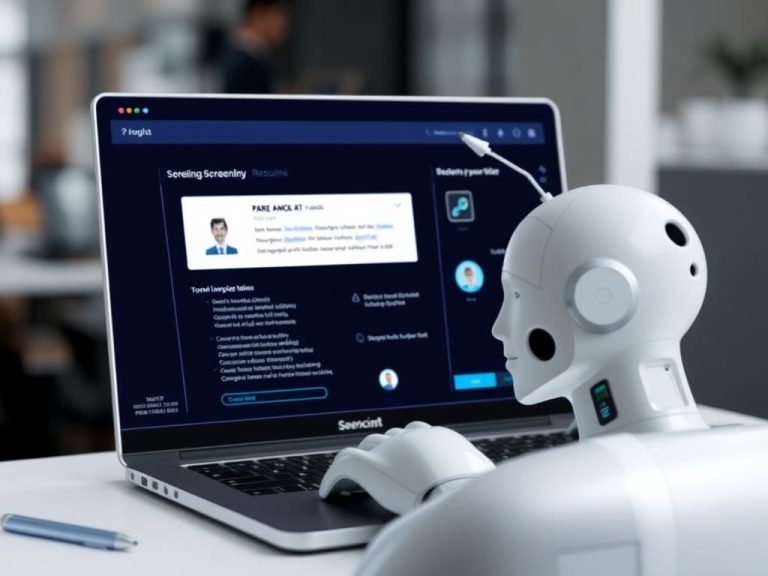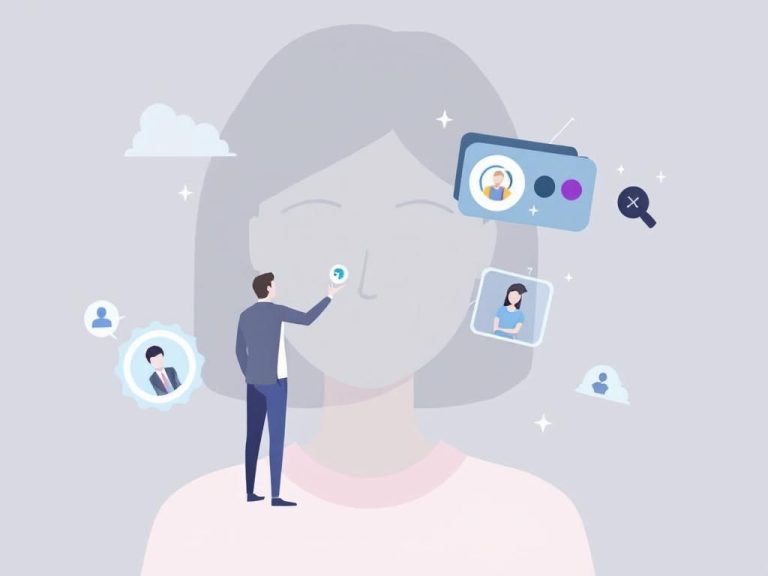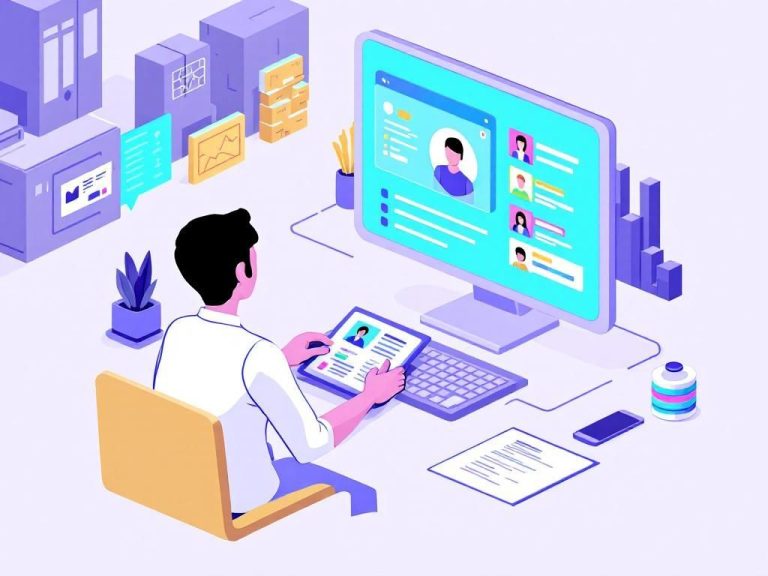In an era where technology is continuously reshaping the workplace, the paradigm of onboarding new employees has also evolved. Traditional methods of integrating new hires into an organization can often be tedious, overwhelming, and time-consuming. Thankfully, with the rapid advancement of artificial intelligence (AI), the onboarding process has become more streamlined and efficient. This article delves into the cutting-edge AI tools that are set to transform HR onboarding in 2025, enhancing the experience for both employers and employees.
What is AI-Driven Onboarding?
AI-driven onboarding refers to the application of artificial intelligence technologies to automate and optimize the various processes involved in welcoming new employees. This includes everything from the completion of paperwork to personalized training programs. By leveraging AI, HR departments can improve the efficiency of onboarding, reduce human error, and deliver a more tailored experience for new hires.
Key Benefits of AI Tools in Onboarding
The integration of AI tools in the onboarding process presents numerous benefits:
- Time Efficiency: Automates repetitive tasks, allowing HR teams to focus on higher-value activities.
- Personalization: Tailors onboarding experiences to individual employee needs and learning styles.
- Enhanced Engagement: Keeps new hires engaged through interactive platforms and gamified learning.
- Real-Time Feedback: Provides immediate insights and feedback to help new employees adjust quickly.
- Data-Driven Decisions: Utilizes analytics to refine onboarding processes based on employee performance and satisfaction metrics.
Top AI Tools for Onboarding in 2025
Here’s a look at some of the most innovative AI tools that are poised to revolutionize the onboarding experience:
1. Chatbots
Chatbots are becoming increasingly popular in HR for their ability to answer common queries, guide new hires through onboarding processes, and provide 24/7 support. Key features include:
- Instant response to questions about benefits, company policies, and procedures.
- Scheduling assistance for meetings and training sessions.
- Collecting feedback and responding to employee concerns in real time.
2. Learning Management Systems (LMS) with AI Capabilities
Learning management systems that incorporate AI offer personalized learning paths for new hires. These systems can assess an employee’s prior knowledge and adapt training modules accordingly:
| Feature | Description |
|---|---|
| Adaptive Learning | Customizes the training content based on learner’s pace and understanding. |
| Content Recommendations | Suggests relevant materials for further learning based on user interaction. |
| Progress Tracking | Monitors compliance and engagement levels, providing insights to HR. |
3. Onboarding Platforms
Dedicated onboarding platforms, powered by AI, offer comprehensive solutions for managing the entire onboarding lifecycle. Popular tools in this category include:
- 0nboard: A platform that combines document management with structured workflows to ensure all necessary tasks are completed.
- WorkBright: Specializes in remote onboarding, providing tools for digital document collection and verification.
- Zenefits: Integrates onboarding with benefits management, making the process seamless for HR and new hires.
4. Predictive Analytics Tools
AI tools that utilize predictive analytics can help companies forecast potential challenges in the onboarding process. These tools analyze data to identify trends and suggest improvements:
- Employee retention predictions based on onboarding success.
- Identifying bottlenecks in the onboarding process before they become issues.
- Customizing training due to identified skill gaps.
5. Virtual Reality (VR) and Augmented Reality (AR) Experiences
While still emerging, VR and AR technologies are making strides in onboarding by providing immersive training experiences. Companies can simulate real-world scenarios that new hires may face:
- Hands-on training in a controlled virtual environment.
- Interactive tours of the workplace, enhancing familiarity before the first day.
- Scenario-based training modules to practice critical skills.
Implementing AI Onboarding Tools
Transitioning to AI-driven onboarding requires a strategic approach. Here are some steps that HR departments can take:
- Assess Needs: Determine which aspects of your onboarding process are lacking and could benefit from AI.
- Select the Right Tools: Research and choose the AI tools that best meet your organization’s needs.
- Engage Stakeholders: Involve team leaders and current employees in the selection and implementation process to ensure buy-in.
- Train HR Staff: Provide training for HR personnel on how to use the new systems effectively.
- Monitor and Refine: Regularly assess the effectiveness of the tools and make adjustments as necessary.
Challenges and Considerations
While AI tools offer significant advantages, organizations must also consider potential challenges:
- Data Privacy: Ensure that personal employee data is protected and complies with regulations.
- Resistance to Change: Some employees may resist using new technology; training and communication are vital.
- Over-Reliance on Tools: It is essential to maintain the human element in onboarding to foster relationships and culture.
Conclusion
The future of HR onboarding is undoubtedly intertwined with artificial intelligence. As organizations increasingly adopt these innovative tools, they can expect to see improvements in efficiency, engagement, and overall employee satisfaction. By embracing AI technologies, HR departments will not only simplify the onboarding process but also position themselves as strategic partners in shaping an organization’s culture and success.
FAQ
What are the best AI tools for HR onboarding in 2025?
Some of the top AI tools for HR onboarding in 2025 include BambooHR, Workday, and HireVue, which streamline the onboarding process through automation and AI-driven insights.
How can AI improve the HR onboarding experience?
AI can enhance the HR onboarding experience by personalizing training programs, automating administrative tasks, and providing real-time feedback to new hires.
Is it necessary to use AI tools for HR onboarding?
While not mandatory, using AI tools for HR onboarding can significantly improve efficiency, reduce errors, and enhance the overall experience for new employees.
What features should I look for in an AI onboarding tool?
When choosing an AI onboarding tool, look for features like automated document management, personalized training modules, analytics for tracking progress, and integration with existing HR systems.
Can AI onboarding tools be customized for different industries?
Yes, many AI onboarding tools offer customization options to cater to the specific needs and regulations of different industries, ensuring a tailored onboarding experience.
What are the costs associated with implementing AI tools for HR onboarding?
The costs of implementing AI tools for HR onboarding vary widely depending on the provider and features chosen, but businesses should consider both initial investment and long-term savings in efficiency.




